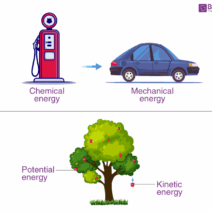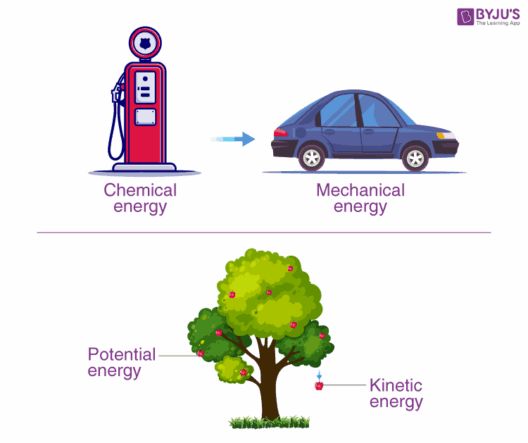In the intricate tapestry of life, the infancy stage of a human’s journey presents a remarkable instance where biology intersects with the potential for energy conservation. The question arises: can a baby conserve energy by drinking formula? To navigate this inquiry, we delve deeply into the biology of infant nutrition, energy metabolism, and the nuances that define this curious case.
The human body, particularly within the tender framework of a newborn, is a staggering exhibit of evolutionary finesse. At birth, a baby embodies a remarkable energy-dispersing entity, designed to adapt to numerous environmental factors. In the first few months of life, the energy requirements are astronomical. Infants typically require about 100 calories per kilogram of body weight each day, which translates to a massive energy intake as they grow. Formula, a meticulously crafted substitute for breast milk, provides essential nutrients that are pivotal during early development, including proteins, fats, carbohydrates, vitamins, and minerals.
Looking at the function of infant formula, it becomes clear that its design is not merely for sustenance but also for supporting metabolic efficiency. When a baby consumes formula, the nutrients within undergo a complex transformation, similar to how raw materials arrive at a workshop to be crafted into finely-tuned machinery. This metabolic process is akin to a symphony where each nutrient plays its part in a harmonious orchestration, ensuring growth and energy conservation—a remarkable efficiency embedded within such a small being.
However, the act of drinking formula isn’t just an episodic meal; rather, it establishes a rhythm within the biological clockwork of the infant. As the formula is ingested, the body’s metabolism shifts into high gear, akin to a furnace kindling to life. Carbohydrates convert to glucose, proteins break down into amino acids, while fats yield essential fatty acids—all of which contribute to the developing infant’s energy production. Effectively, the nutrients serve as both fuel and building blocks promoting growth while simultaneously facilitating energy conservation.
The preservation of energy in newborns can be likened to a delicate dance during which each step must be rehearsed and perfected. For instance, breast milk naturally adjusts to an infant’s needs, gradually shifting its composition to match the baby’s stage of development. In contrast, formula can be methodically tailored to ensure it provides all the necessary elements efficiently. Each type of formula has varying levels of macronutrients, vitamins, and minerals, striving to optimize absorption and utilization—thus fostering an environment in which energy conservation becomes not just a possibility, but an inherent feature.
Another vital aspect of this energy-conserving phenomenon is the baby’s instinctual methods of feeding. When an infant drinks from a bottle, they often engage in periods of sucking, pausing, and swallowing. This not only regulates their intake but also allows the body to gauge energy needs effectively. Some theorize that these pauses help the infant detect satiety while simultaneously limiting energy expenditure—allowing them to drink just enough to satisfy their growing body without unnecessary overconsumption. In this light, it becomes evident that the process of feeding is not solely about nourishment but also about an instinctive approach to energy management.
Digging deeper into the physiological implications, we arrive at the concept of thermoregulation. Infants have a greater surface area relative to their body weight, leading to a higher rate of heat loss compared to adults. The energy expended to maintain an optimal body temperature can hinder the available energy for growth. Thus, the consumption of formula can be fundamentally advantageous; it provides more concentrated sources of calories which can help in regulating internal temperatures—and consequently, curbing unnecessary energy wastage in the process.
Furthermore, the type of formula selected can have implications on energy conservation. For instance, a protein-rich formula may support more robust growth and muscle development compared to those lower in protein. However, with increased protein intake, the metabolic demands also escalate, meaning that careful consideration is paramount when choosing the appropriate formulation. The balance is intricate: providing enough energy for growth without tipping the scales into excess that may be inefficient.
Simulation of breast milk’s biological adaptability in various formula types also plays a crucial role in energy conservation. Specialized formulas exist for babies with particular health needs, ensuring that energy is conserved effectively while still meeting nutritional demands. In a sense, science has crafted an adaptable framework, echoing the primal instincts of evolution, which further highlights the potential for energy conservation through careful nutritional choices.
As we contemplate the mechanics of energy conservation through formula feeding, it is essential to recognize the broader implications of these choices. While this discussion revolves around the microscopic intricacies of biology, the principles resonate with global energy conservation efforts. Just as every calorie counts for an infant, every unit of energy matters in the larger context of ecological sustainability. Making informed choices regarding infant nutrition can be seen as a microcosm of our responsibility toward energy management at a global level.
In conclusion, the case of babies and formula feeding is a fascinating study in life’s inherent understanding of energy conservation. Through meticulously designed nutrition and instinctive feeding behaviors, infants not only grow but do so in a way that emphasizes efficiency and sustainability. As we turn our focus to the future, we can draw upon these biological principles, fostering a deeper appreciation for the delicate balance we strike between nourishment and energy conservation—an allegory of life’s perpetual quest for harmony.






